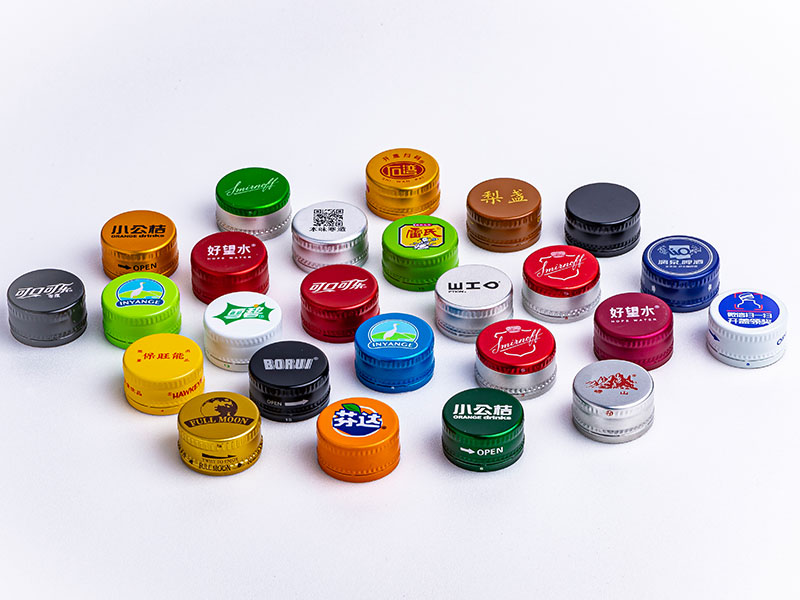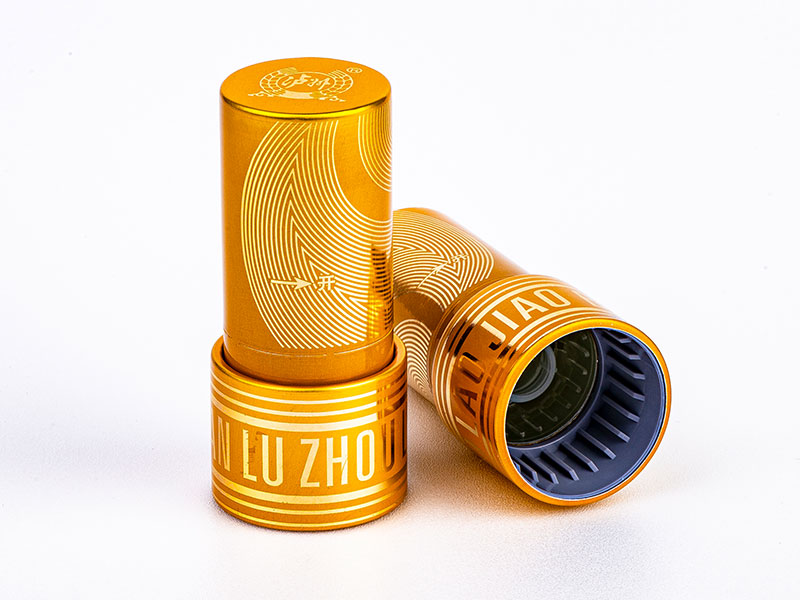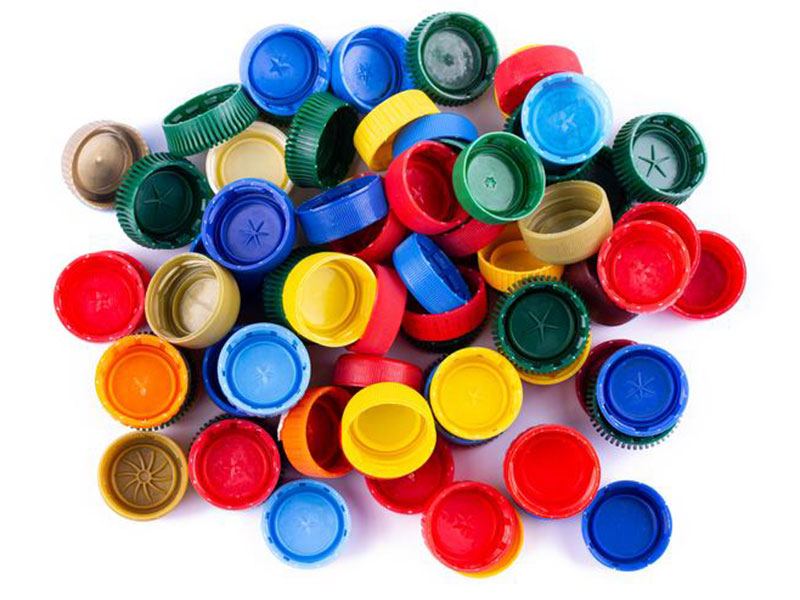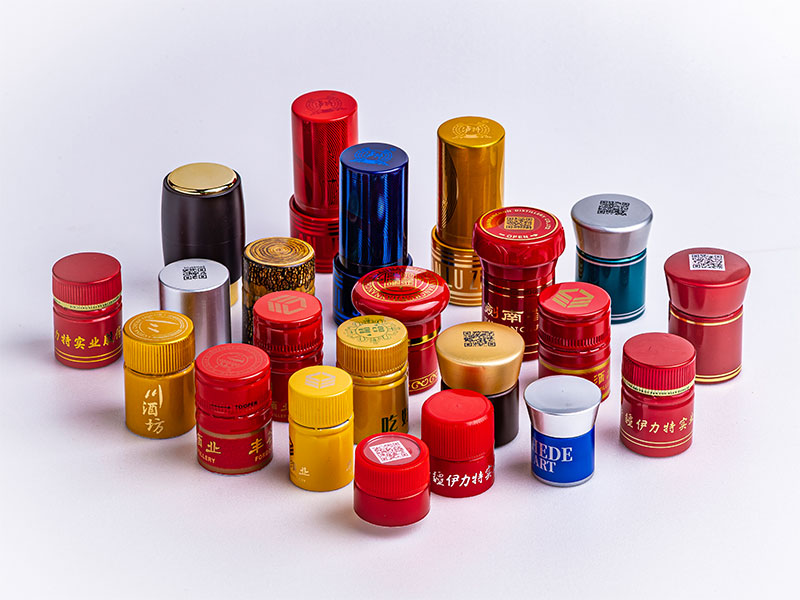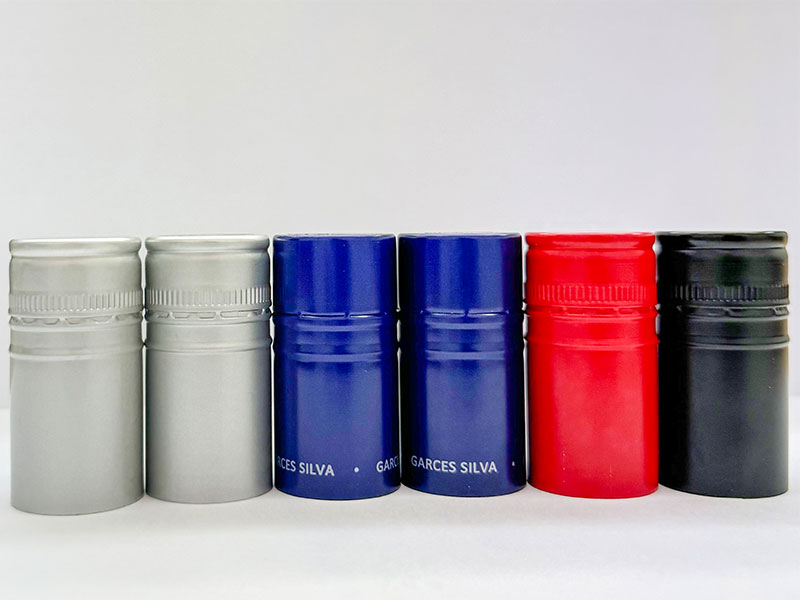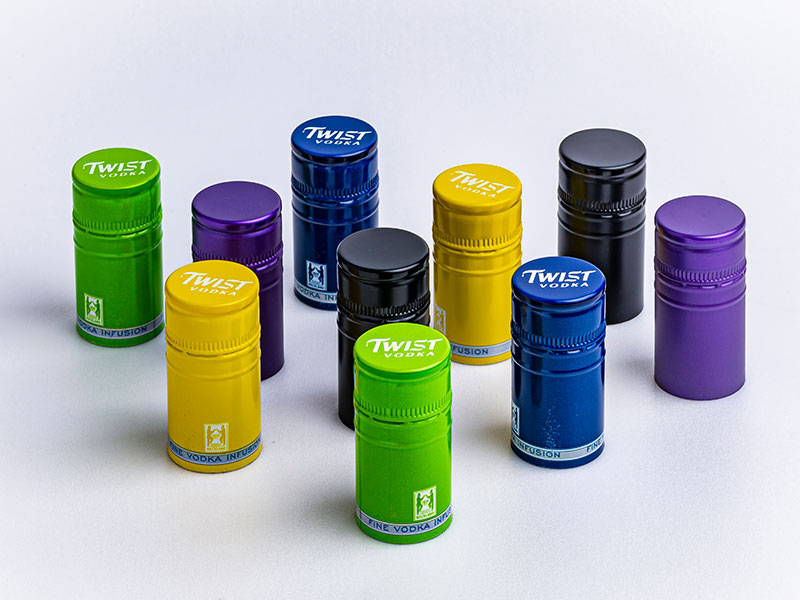Durable Aluminum Soda Bottle Caps for Secure Beverage Packaging
In today’s competitive beverage market, the integrity and security of packaging are paramount—not only to maintain product freshness but also to safeguard consumer trust. At the heart of countless soda bottled beverages lies an unsung hero: the aluminum bottle cap. Beyond its simplistic appearance, this small component embodies a careful balance of metallurgy, mechanical design, and manufacturing standards that ensures each bottle’s content remains untouched and uncontaminated until it reaches the customer.
Why Aluminum Bottle Caps?
Aluminum has emerged as the optimal choice for soda bottle caps due to its unique combination of strength, lightweight nature, corrosion resistance, and environmental sustainability. Unlike plastic closures, aluminum caps provide exceptional mechanical security while maintaining recyclability, aligning with growing eco-conscious consumer trends.
The Science Behind Durability
The performance of an aluminum soda bottle cap begins at the alloy selection stage. Typically, caps are crafted from a precise aluminum alloy, such as the 5052 or 3003 series, known for excellent formability, corrosion resistance, and moderate strength.
| Element | Typical Range (%) |
|---|---|
| Aluminum (Al) | Bal. (~94-97.5) |
| Magnesium (Mg) | 1.8 – 2.5 |
| Manganese (Mn) | 0.10 – 1.0 |
| Copper (Cu) | ≤ 0.10 |
| Iron (Fe) | ≤ 0.4 |
| Silicon (Si) | ≤ 0.25 |
The above alloy composition supports temper conditions such as H32 or H34, combining strain hardening and partial annealing. The tempering process fine-tunes the alloy's mechanical properties, delivering a hull of toughness sufficient to withstand the stresses from capping equipment and pressure exerted by carbonated beverages.
Typical mechanical properties for 5052-H32 temper used in caps:
| Property | Value |
|---|---|
| Tensile Strength | ~220 – 260 MPa |
| Yield Strength | ~130 – 180 MPa |
| Elongation | 10 – 16% (in 25 mm) |
| Hardness (Brinell) | 60 – 75 HB |
These values strike a balance—providing enough rigidity to seal tightly, while maintaining ductility necessary for molding intricate thread locks and sealing features on the cap under high-speed manufacturing conditions.
Standards and Implementation Criteria
Global beverage packaging enforces stringent compliance requirements to ensure consumer safety and product durability.
- ISO 15378: Specifies good manufacturing practices for packaging materials intended for medicinal products, often adopted stringently in beverage coding and sealing to prevent contamination.
- TTI (Tamper-evident) Features Standard: Aluminum caps are typically designed with features that visually indicate usage or tampering to guarantee supply chain integrity.
- API and ASTM Standards: Mechanical testing protocols, including tensile strength, impact resistance, and corrosion testing, standardize cap quality.
The implementation involves precision tooling matched to the regex delivering thread forms, lid circumference tolerance (usually ±0.05 mm), and cavity surface treatments to ensure optimal sealing when combined with flexible liners (EPDM or PTFE based).
Specialized Alloy Treatments and Corrosion Resistance
Post-fabrication, the aluminum caps frequently undergo surface treatment:
- Anodizing: Enhances natural oxide layers; crucial for soda bottles exposed to acidic environments aggravated by carbonation and flavor acids.
- Coatings: Food-grade coatings prevent any metal-odor migration and improve seal longevity.
Chemical stability aligned with aluminum oxide formation shields the caps from pitting, reassuring manufacturers that bottle refreshments remain uncontaminated even after prolonged shelf exposure — a vital advantage over other less corrosion-resilient closure materials.
Technical Performance in Industry Terms
Strong corrosion resistance below pH 4 coupled with the mechanical endurance provided by Mg and Mn alloying agents ensures the aluminum cap endures carbonation internal pressure often exceeding 2-3 Bars without warping or leaks.
Industrial bottling speeds demand caps with a finely balanced spring back property when crimped onto threaded bottles, facilitated by tempering that controls dislocation density and residual stress in the cap alloy microstructure.



